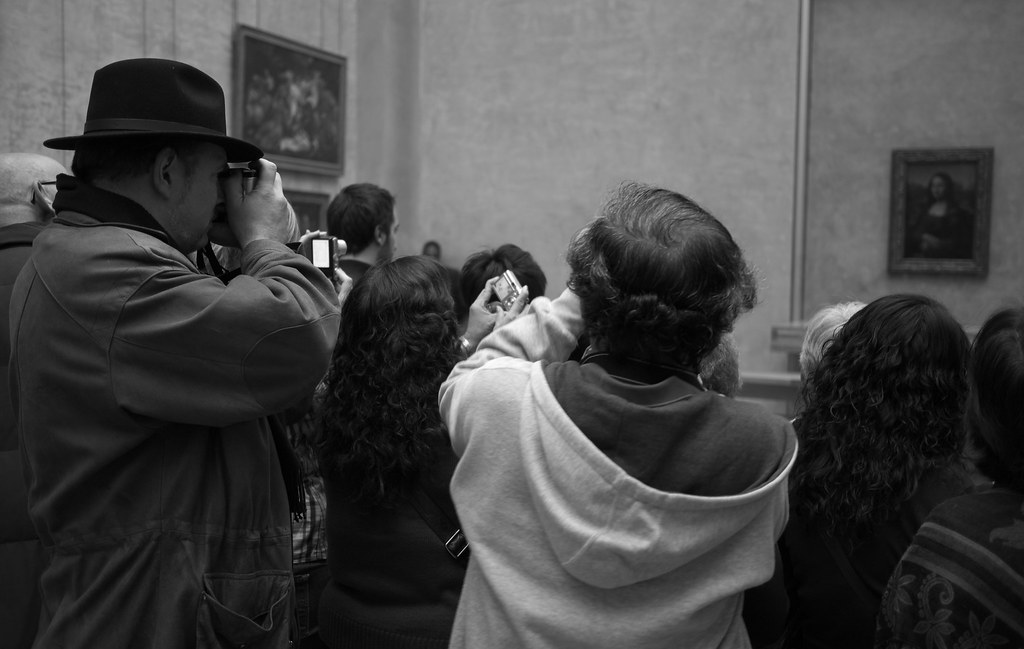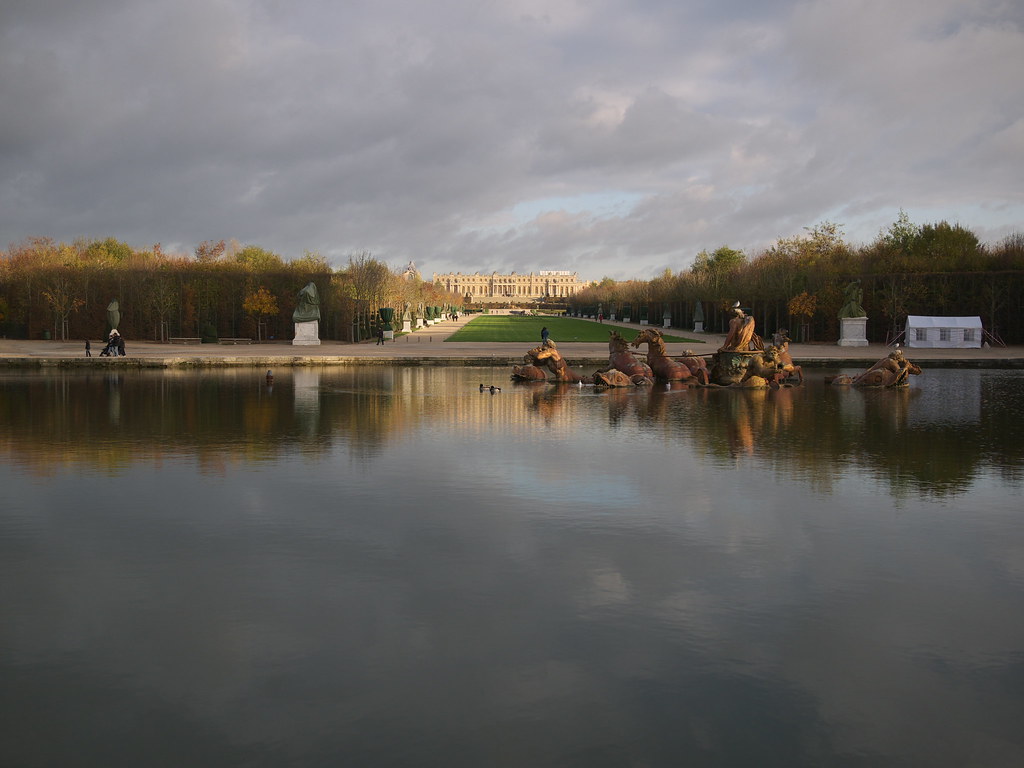If a MFT camera maker comes out with a model that offers in-camera image stitching, such that wide-angle shots and even panoramics are literally as easy as 1-2-3 with a "normal" lens, then the biggest drawback to the system will have been eliminated, in my view. As it is, it's easy enough to do this in post processing, so it can already be argued, I suppose, that this limitation is already easy enough to get around. There is the depth of field issue, but one can't have everything 🙂
If I may make a comment based on history and human discovery: I have noted over a lifetime of watching trends in technological develpment that often very early on in the development of a technology, some innovator hits on an idea that works best, and which eventually, the entire technology develops around. Examples are abundant. Internal combustion engines using pistons and a crankshaft, the principal of sending information electronically, whether over a wire or wirelessly, whether digital or analog, the airfoil which uses the Bernouli principle to provide lift -- just to name a few examples.
I believe that way back some 80 years or so ago, when the 35mm still camera first started being developed, the originators got it right early on. They came up with an image format that was compact, yet large enough to provide good detail, and which could be utilized by very small cameras compared to everything else that was available. But more importantly, early on the 2:3 proportion, which worked out to 36mm x 24mm, was established.
The 2:3 35mm format has outlived all other formats smaller than 120 size, and it has done so for a reason. Not only is it the most flexible of all the smaller formats, but the format just fits right. In that respect, the originators got it right early on, which is my point. I note that, in one important way, modern technology has sort of moved full circle when it comes to viewing images: the new widescreen TVs have a format that is very close to 2:3, so if anything, future generations will be more comfortable with the 2:3 format than my generation, which grew up viewing images on the old-style TVs.
In this new day and age where there are many folks who have never even used film, well naturally I suppose, they feel less of a need to be bound by the 24mmx36mm format. I would counter that, even if we ignore the fact that there are many millions of legacy lenses in existence built for this format, which in itself should be sufficient reason for continuing with it -- even if we ignore that, I think we will find that, after casting about searching for new and more optimal formats for recording images, whatever we wind up with most likely won't be substantially different from what we have had for 80-some years.
So if it ain't broke, why fix it? 😎
But if the decision makers in the industry do decide they need a different format, I would argue most strongly in favor of the proportion that lies at the very fundament of the universe and many, if not most, complex systems: phi -- otherwise known as the Golden Mean, an irrational number that is 1.618... and whose reciprocal is 0.618... the basis for the Fibonacci sequence, and which is a proportion that is demonstrated by the relationship between the parts to a whole, such that, in the case of a rectangle, the proportion of the total value of the two sides to the longest side is equal to the proportion of the values of the longer side to the shorter side. In terms of a simple line, it would be expressed more simply, but it's still the same proportion: divide a line into two unequal segments such that the proportion between the total length and the longer segment is equal to the proportion between the longer segment and the shorter segment. Put mathematically, it is (x + y)/x = x/y. It can also be expressed as phi = (1 + sqrt5)/2.
Phi is abundant in nature -- it is the proportion that produces the spiral in nautilus shells and spiral galaxies, it is the rectangular proportion that has been used in architecture for millenia. It's considered by scientists and artists alike to be the perfect proportion, and has certainly withstood the test of time. Thus, I would argue that if the format must be changed, it should be changed to phi, just so that it can be as perfect as can be.









